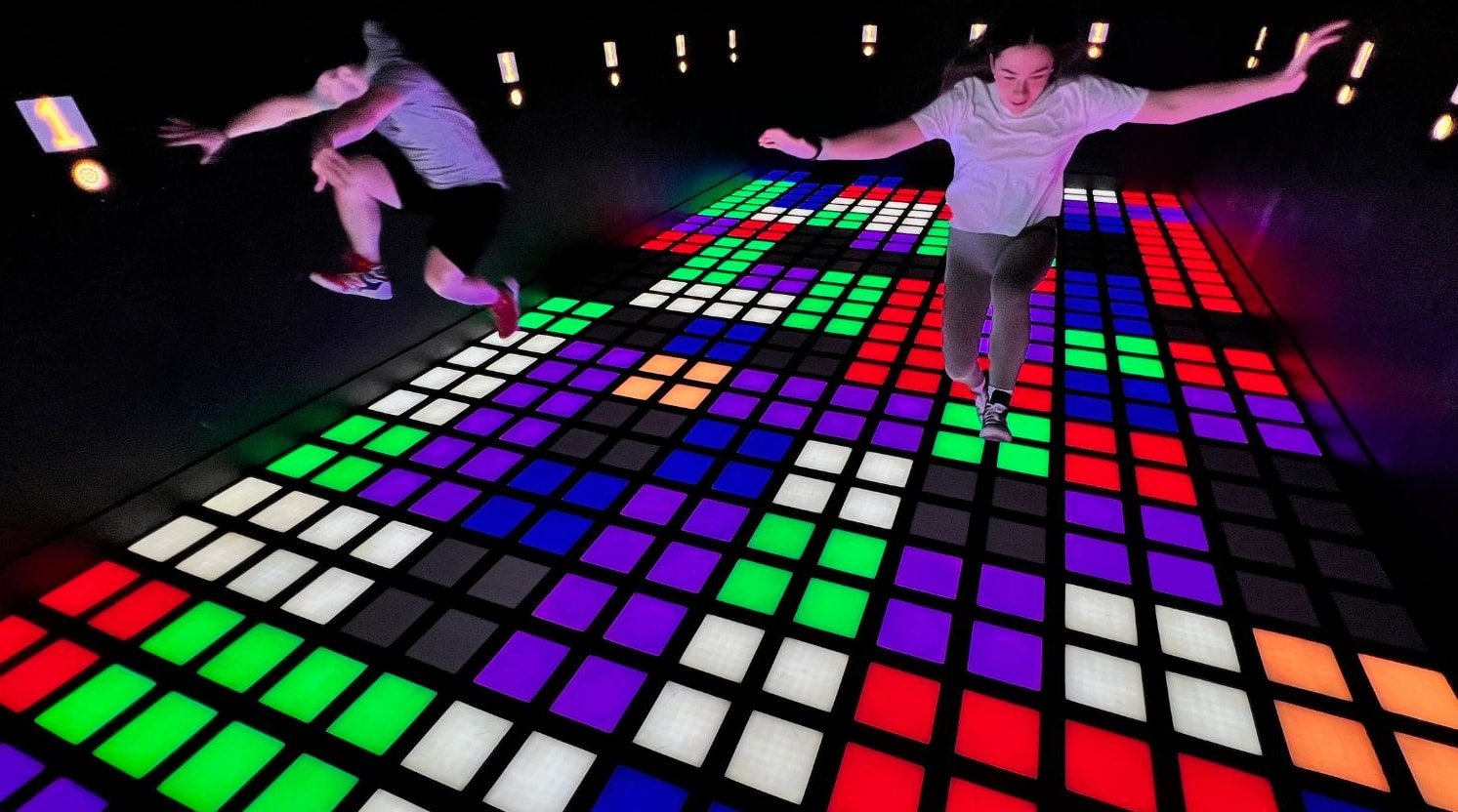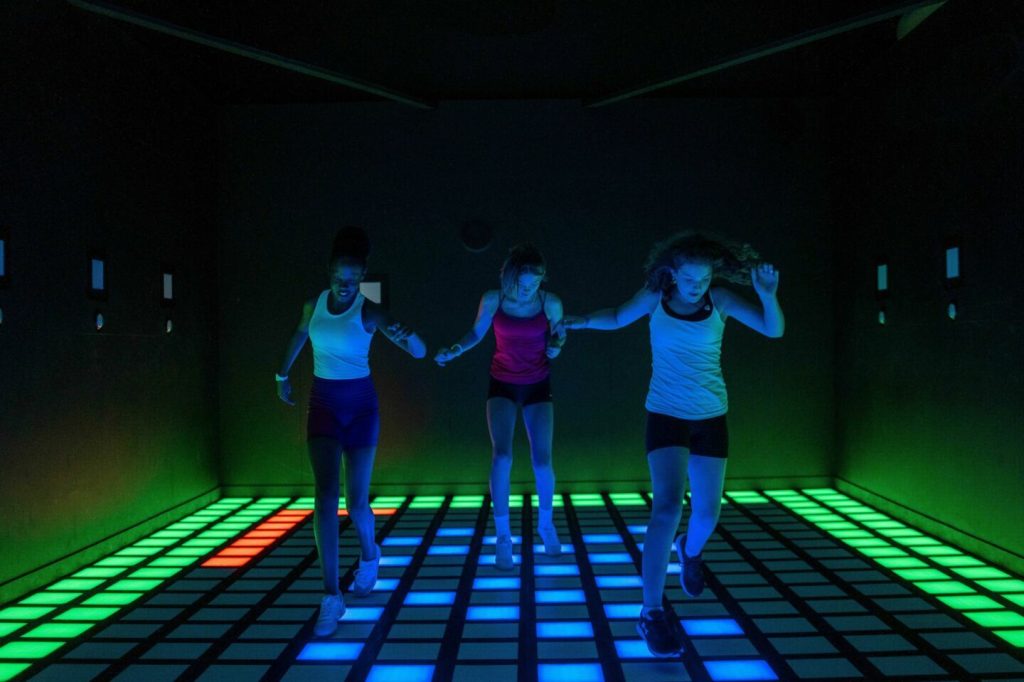The activate games industry is one of the fastest-growing segments in the global interactive entertainment market. As demand for immersive, tech-driven gaming experiences continues to rise, competition among manufacturers has intensified. From innovative startups to established players, the landscape is evolving rapidly. This article analyzes the competitive environment of activate games manufacturers, identifies key players, and provides insights into their market share.
 Market Overview
Market Overview
Between 2025 and 2030, the activate games industry is expected to experience strong growth fueled by consumer demand for experiential entertainment and the expansion of leisure centers, malls, and educational institutions. The market is projected to surpass USD 5 billion by 2030, creating opportunities for manufacturers and investors alike.
Manufacturers are differentiating themselves through product innovation, cost-effective solutions, and service excellence. As a result, understanding the competitive landscape is critical for businesses looking to establish themselves in this sector.
Key Players in the Activate Games Market
-
Pixelverse
Pixelverse has emerged as one of the leading activate games manufacturers. Known for its cutting-edge technology, customizable solutions, and strong after-sales service, Pixelverse has built a reputation as a reliable partner for entertainment venues and investors. Its focus on scalability and global distribution makes it a dominant player. -
Regional Manufacturers
In Asia-Pacific, local manufacturers are capitalizing on rising demand by offering competitive pricing and localized support. While their market share may be smaller than global brands, their presence in emerging markets is rapidly expanding. -
North American & European Innovators
Manufacturers in the United States and Europe are driving technology adoption by integrating augmented reality, motion sensors, and AI-driven game design. Their higher pricing is offset by advanced features and unique game experiences that attract premium clients. -
New Entrants & Startups
Startups in the activate games sector are introducing niche solutions, targeting smaller venues such as gyms, schools, and recreational clubs. Though their market share is currently limited, they contribute to increased competition and diversification.
Market Share Analysis
-
Pixelverse: Estimated to hold a significant share of the global activate games market, particularly in wholesale distribution and large-scale projects.
-
Regional Players: Account for 30–35% of sales in Asia-Pacific, benefiting from localized cost advantages.
-
North American & European Firms: Hold around 25–30% market share, primarily in advanced entertainment centers and theme parks.
-
Startups: Around 10%, though expected to grow as niche applications expand.
Competitive Strategies
-
Product Differentiation
Companies are investing in AI-powered features, interactive lighting, and immersive sound systems to stand out. -
Pricing Models
Competitive pricing strategies, including wholesale deals and franchise packages, are enabling manufacturers like Pixelverse to capture long-term customers. -
Global Partnerships
Collaborations with shopping malls, theme parks, and fitness chains allow manufacturers to scale faster and gain visibility. -
After-Sales Support
Providing maintenance, software updates, and training programs has become a decisive factor in retaining clients and building brand loyalty.
Challenges in the Market
-
High Initial Investment: Many investors hesitate due to the cost of setting up activate games centers.
-
Technological Barriers: Staying ahead in innovation requires continuous R&D spending.
-
Regional Competition: Local manufacturers sometimes undercut global suppliers on pricing.
Future Outlook
The competitive landscape of activate games manufacturers will continue to evolve. Market leaders like Pixelverse are expected to consolidate their positions through innovation and global distribution, while regional players and startups will contribute to diversification and localized growth.
By 2030, the activate games market will be defined by companies that successfully balance innovation, cost efficiency, and customer experience. For investors, understanding the strengths and weaknesses of different manufacturers will be key to selecting the right partner.
Conclusion
The activate games manufacturing sector is entering a transformative decade. With a projected market size exceeding USD 5 billion by 2030, competition among key players will intensify. Pixelverse, along with regional and global innovators, is shaping the future of immersive entertainment. For investors and entrepreneurs, aligning with the right manufacturer will be crucial to capturing market opportunities.
For more details, scan my WeChat QR code to contact us👇.


发表回复